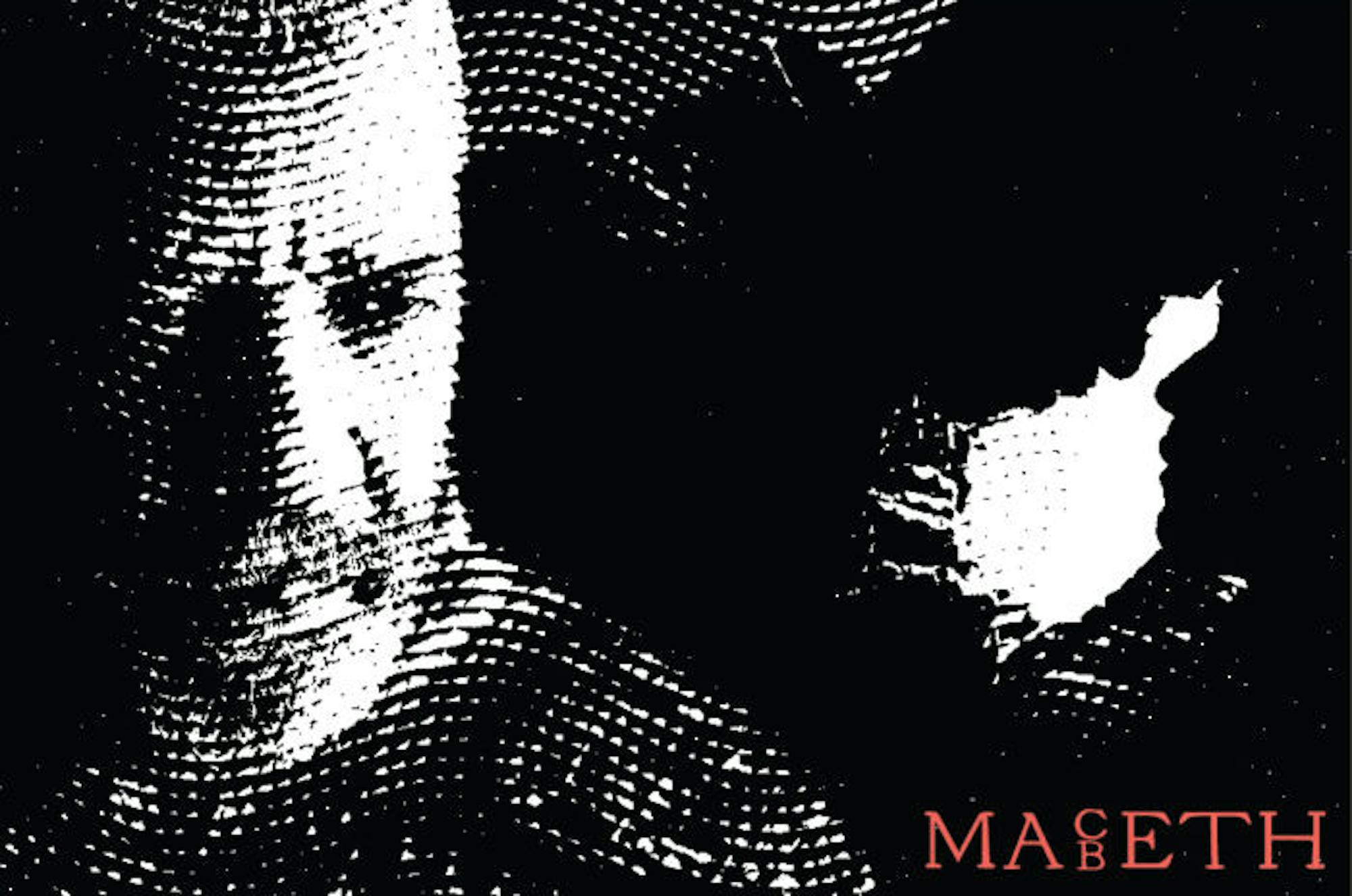
While the works of William Shakespeare are profoundly embedded within the infrastructure of modern audiovisual entertainment, direct adaptation into film is an immense challenge, especially if the goal involves reaching as great an audience as possible.
Joel Coen, for the first time working on the direction and script of a feature without his brother, Ethan, therefore had a sizable task ahead of him. So, he casted Denzel Washington as Macbeth — the Scottish general who, after committing regicide on account of a prophecy he receives from three witches, becomes king — and Frances McDormand as his wife Lady Macbeth — somewhat of the “little demon” on her husband’s shoulder who encourages him to commit his act of treason. However, since Corn’s aim was indeed to use the original text with only minor alterations and to maintain the theatrical atmosphere, a factor that normally alienates and does not attract spectators, he required even more.
Enter production designer Stefan Dechant and cinematographer Bruno Delbonnel — professionals who carry out the director’s vision in an absolutely flawless way. Since maintaining the feeling of a “stage” was important to what Coen had in mind, all filming was done in the studio with sets especially built for the production, which immediately creates that artificiality necessary to give the impression of being on stage. As if that wasn’t enough, considering that this play is perhaps the scariest of Shakespeare’s works for the most diverse reasons, from the use of witchcraft, prominent violence, to even delving within the disturbed minds of the Macbeth couple, there was the decision of using black and white photography with a driving contrast between the colors, in effect to submerge the film with emotions such as fear, claustrophobia and anxiety.
Dechant’s sets are a spectacle of their own. Inspired by German expressionism, he uses the monumentality of walls, doors and high stairs to develop the “void” spaces, the hollow as an element that reflects the increasingly erratic thoughts of the main duo, at the same time marking the grandeur and authority of the monarchy — which is the fount of corrupting power. Even the wall and floor surfaces are clean, almost flat without recesses, so that Delbonnel performs a camera show of light and shadows in a rapturous way — even when Coen directs his attention to the brief but heavy soliloquies of Macbeth and Lady Macbeth.
Connecting sets, photography and performances, we listen to Carter Burwell’s soundtrack, which presents us with an atmospheric, solemn work of supernatural quality several times marked by the solo violin that seems to evoke a fantasty land. In other words we are — but at the same time we are not, exactly — in Scotland and we see — but at the same time we do not see — a magical castle, all thanks to the work of Burwell, who knows how to be discreet when needed and explosive when essential.
In terms of acting, it is needless to say Washington and McDormand are superb in their respective roles. Further, it would be unfair to overlook the two protagonists can only really accomplish what they do thanks to a supporting cast that is terrifyingly good in its own right.
Macbeth’s Tragedy is a triumph. A film that at no time surrenders to the mannerisms of presents blockbusters or betrays its Shakespearean roots — maintaining the almost complete original text and the theatrical atmosphere – but which manages, with each frame, to create a complete audiovisual spectacle that elevates form to substance. “The Tragedy of Macbeth” is a cinematic gift, it is a vigorous exercise in style that reaches high levels in staging, photography, framing and directing actors. It will cast a spell on audiences that are receptive to slow narration and visuals reminiscent of the great movie classics.
Title: “The Tragedy of Macbeth”
Director: Joel Coen
Starring: Denzel Washington, Frances McDormand, Alex Hassell
Shamrocks: 5 out of 5













